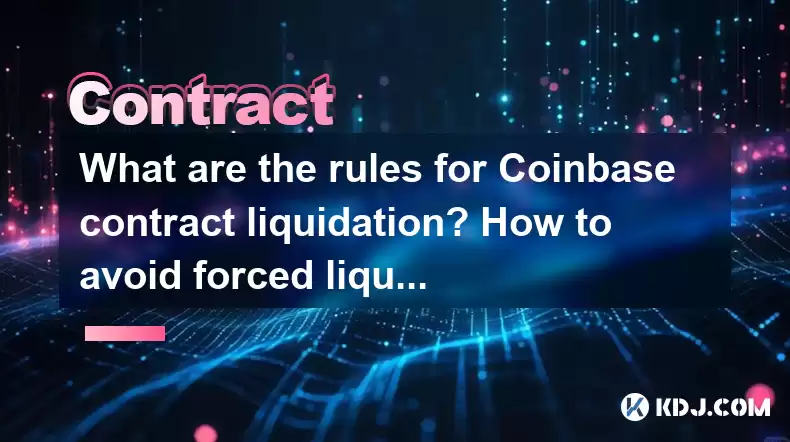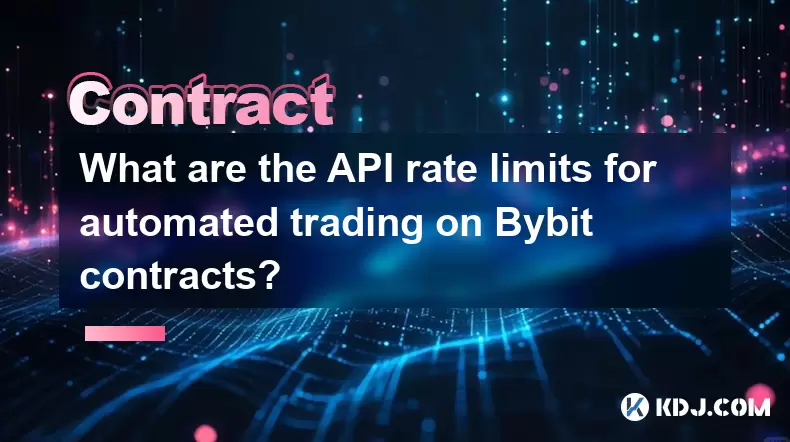-
 Bitcoin
Bitcoin $117500
2.15% -
 Ethereum
Ethereum $3911
6.19% -
 XRP
XRP $3.316
10.79% -
 Tether USDt
Tether USDt $1.000
0.01% -
 BNB
BNB $787.2
2.24% -
 Solana
Solana $175.2
4.15% -
 USDC
USDC $0.9999
0.00% -
 Dogecoin
Dogecoin $0.2225
8.40% -
 TRON
TRON $0.3383
0.28% -
 Cardano
Cardano $0.7868
6.02% -
 Stellar
Stellar $0.4382
9.34% -
 Hyperliquid
Hyperliquid $40.92
7.56% -
 Sui
Sui $3.764
7.63% -
 Chainlink
Chainlink $18.48
10.66% -
 Bitcoin Cash
Bitcoin Cash $582.1
1.88% -
 Hedera
Hedera $0.2601
6.30% -
 Avalanche
Avalanche $23.33
4.94% -
 Ethena USDe
Ethena USDe $1.001
0.02% -
 Litecoin
Litecoin $122.3
2.04% -
 UNUS SED LEO
UNUS SED LEO $8.969
-0.27% -
 Toncoin
Toncoin $3.339
0.86% -
 Shiba Inu
Shiba Inu $0.00001287
4.30% -
 Uniswap
Uniswap $10.43
7.38% -
 Polkadot
Polkadot $3.861
5.08% -
 Dai
Dai $1.000
0.02% -
 Bitget Token
Bitget Token $4.513
3.41% -
 Monero
Monero $267.7
-6.18% -
 Cronos
Cronos $0.1499
4.14% -
 Pepe
Pepe $0.00001110
5.15% -
 Aave
Aave $284.9
8.28%
What are the rules for Coinbase contract liquidation? How to avoid forced liquidation?
To avoid forced liquidation on Coinbase, traders should monitor positions, use stop-loss orders, adjust leverage, and maintain adequate funds to meet margin requirements.
May 03, 2025 at 12:35 am

Coinbase, one of the leading cryptocurrency exchanges, offers various financial products, including futures and margin trading. Understanding the rules for contract liquidation and how to avoid forced liquidation is crucial for traders to manage their risks effectively. This article will delve into the specifics of Coinbase's liquidation rules and provide detailed strategies to prevent forced liquidation.
Understanding Coinbase Contract Liquidation
Liquidation on Coinbase occurs when a trader's position is closed automatically due to insufficient margin to cover potential losses. This process is designed to protect both the trader and the exchange from further financial risk. The key to understanding liquidation lies in the concept of margin requirements and maintenance margin.
When a trader opens a position using margin, they must maintain a certain level of funds in their account to keep the position open. If the account balance falls below the maintenance margin, the position is at risk of liquidation. Coinbase calculates the maintenance margin based on the volatility of the asset and the size of the position.
Factors Leading to Liquidation
Several factors can lead to liquidation on Coinbase. The most common include:
- Market Volatility: Sudden price movements can cause the value of a position to drop rapidly, reducing the account balance below the maintenance margin.
- Leverage: Using high leverage increases the risk of liquidation because even small price movements can significantly impact the account balance.
- Insufficient Funds: If a trader does not have enough funds to cover potential losses, their position may be liquidated.
Coinbase's Liquidation Process
When a position is at risk of liquidation, Coinbase follows a specific process:
- Monitoring: Coinbase continuously monitors the account balance against the maintenance margin.
- Margin Call: If the account balance falls below the maintenance margin, Coinbase issues a margin call, giving the trader a chance to add funds.
- Liquidation: If the trader does not meet the margin call within the specified time, Coinbase will automatically liquidate the position to cover the losses.
How to Avoid Forced Liquidation
To avoid forced liquidation, traders can employ several strategies:
- Monitor Positions Closely: Regularly check the account balance and the market conditions to anticipate potential margin calls.
- Use Stop-Loss Orders: Setting stop-loss orders can help limit losses and prevent the account balance from falling below the maintenance margin.
- Adjust Leverage: Using lower leverage reduces the risk of liquidation. Traders should assess their risk tolerance and adjust their leverage accordingly.
- Maintain Adequate Funds: Keeping additional funds in the account can provide a buffer against market volatility and help meet margin calls.
Practical Steps to Prevent Liquidation
Here are detailed steps traders can take to prevent liquidation on Coinbase:
Monitor Account Balance:
- Log into your Coinbase account regularly.
- Check the current account balance and the maintenance margin required for your open positions.
- Use Coinbase's mobile app or desktop platform to receive real-time updates on your account status.
Set Stop-Loss Orders:
- Navigate to the trading section of Coinbase.
- Select the position for which you want to set a stop-loss order.
- Enter the stop-loss price at which you want the position to be automatically closed.
- Confirm the order and ensure it is active.
Adjust Leverage:
- Go to the margin trading section of Coinbase.
- Review your current leverage settings.
- Reduce the leverage if you feel it is too high for your risk tolerance.
- Confirm the new leverage setting and monitor its impact on your positions.
Maintain Adequate Funds:
- Calculate the total value of your open positions and the potential margin requirements.
- Add additional funds to your Coinbase account to cover potential losses.
- Regularly review and adjust your account balance to ensure it remains above the maintenance margin.
Understanding Margin Calls
A margin call is a notification from Coinbase that your account balance has fallen below the maintenance margin. To respond to a margin call effectively:
- Add Funds Immediately: Transfer additional funds to your Coinbase account to meet the margin call.
- Close Positions: If adding funds is not possible, consider closing some positions to reduce the margin requirement.
- Adjust Leverage: Lowering the leverage on existing positions can help meet the margin call without adding funds.
Conclusion
Understanding the rules for Coinbase contract liquidation and implementing strategies to avoid forced liquidation are essential for successful trading. By monitoring positions closely, using stop-loss orders, adjusting leverage, and maintaining adequate funds, traders can minimize the risk of liquidation and protect their investments.
Frequently Asked Questions
Q: Can I appeal a liquidation decision made by Coinbase?
A: Coinbase's liquidation decisions are typically final and based on automated systems to ensure fairness and efficiency. However, if you believe there was an error, you can contact Coinbase support for review, though the chances of reversing a liquidation are low.
Q: How quickly does Coinbase liquidate positions after a margin call?
A: Coinbase typically gives traders a short window, often a few minutes, to meet a margin call before proceeding with liquidation. The exact time can vary based on market conditions and the specific product being traded.
Q: Does Coinbase charge any fees for liquidating positions?
A: Yes, Coinbase may charge liquidation fees to cover the costs associated with closing positions. These fees are usually a small percentage of the liquidated amount and are detailed in Coinbase's fee schedule.
Q: Can I set up alerts for approaching margin calls on Coinbase?
A: Currently, Coinbase does not offer a direct feature to set up alerts for margin calls. However, traders can use third-party tools or manually monitor their account balance to stay informed about their margin status.
Disclaimer:info@kdj.com
The information provided is not trading advice. kdj.com does not assume any responsibility for any investments made based on the information provided in this article. Cryptocurrencies are highly volatile and it is highly recommended that you invest with caution after thorough research!
If you believe that the content used on this website infringes your copyright, please contact us immediately (info@kdj.com) and we will delete it promptly.
- FTT Token's Wild Ride: Creditor Repayments vs. Market Drop - A New Yorker's Take
- 2025-08-08 07:10:12
- Floki Crypto Price Prediction: Riding the Robinhood Rocket or Just a Meme?
- 2025-08-08 07:15:12
- EigenLayer, Restaking, and Ethereum: Navigating the Hype and the Hazards
- 2025-08-08 06:30:12
- Super Bowl 59: Jon Batiste to Jazz Up the National Anthem
- 2025-08-08 06:30:12
- Cold Wallet Crypto in 2025: The Future is Now, Ya'll
- 2025-08-08 05:10:13
- MAGACOIN, SOL, and ADA: A Tale of Shifting Tides in Crypto
- 2025-08-08 05:10:13
Related knowledge

What is the minimum deposit for OKX contracts?
Aug 08,2025 at 07:00am
Understanding OKX Contract Trading BasicsOKX is one of the leading cryptocurrency derivatives exchanges, offering a wide range of perpetual and future...

Where can I find the OKX trading calculator?
Aug 08,2025 at 07:49am
Understanding the OKX Trading Calculator FunctionalityThe OKX trading calculator is a powerful analytical tool designed to assist traders in estimatin...

Are there any fees for futures settlement on OKX?
Aug 08,2025 at 05:35am
Understanding Futures Settlement on OKXFutures settlement on OKX refers to the process by which open futures contracts are automatically closed or mar...

How to use the OKX margin calculator for futures?
Aug 08,2025 at 05:15am
Understanding the OKX Margin Calculator for FuturesThe OKX margin calculator is a specialized tool designed to assist traders in estimating the requir...

How to find and copy experienced traders on Bybit contracts?
Aug 08,2025 at 06:00am
Understanding Copy Trading on BybitBybit offers a copy trading feature that allows users to automatically replicate the contract positions of experien...

What are the API rate limits for automated trading on Bybit contracts?
Aug 08,2025 at 06:08am
Understanding API Rate Limits on BybitWhen engaging in automated trading on Bybit contracts, understanding the API rate limits is essential to prevent...

What is the minimum deposit for OKX contracts?
Aug 08,2025 at 07:00am
Understanding OKX Contract Trading BasicsOKX is one of the leading cryptocurrency derivatives exchanges, offering a wide range of perpetual and future...

Where can I find the OKX trading calculator?
Aug 08,2025 at 07:49am
Understanding the OKX Trading Calculator FunctionalityThe OKX trading calculator is a powerful analytical tool designed to assist traders in estimatin...

Are there any fees for futures settlement on OKX?
Aug 08,2025 at 05:35am
Understanding Futures Settlement on OKXFutures settlement on OKX refers to the process by which open futures contracts are automatically closed or mar...

How to use the OKX margin calculator for futures?
Aug 08,2025 at 05:15am
Understanding the OKX Margin Calculator for FuturesThe OKX margin calculator is a specialized tool designed to assist traders in estimating the requir...

How to find and copy experienced traders on Bybit contracts?
Aug 08,2025 at 06:00am
Understanding Copy Trading on BybitBybit offers a copy trading feature that allows users to automatically replicate the contract positions of experien...

What are the API rate limits for automated trading on Bybit contracts?
Aug 08,2025 at 06:08am
Understanding API Rate Limits on BybitWhen engaging in automated trading on Bybit contracts, understanding the API rate limits is essential to prevent...
See all articles

























































































